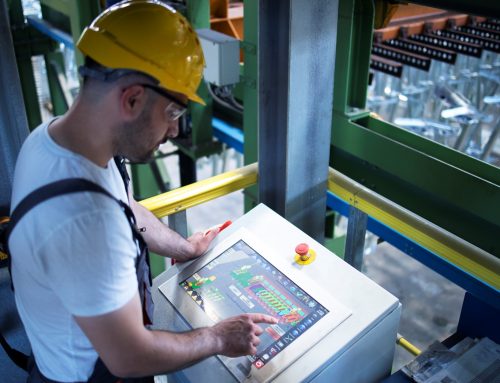Want to know how to find the best asset management system? So check out in our post the features that can not miss in this software!
Asset management is a critical area for any organization because they are features that allow companies to produce their products or provide their services. Efficient management of equipment and facilities can have a significant impact on the financial performance of companies. In this scenario, the search for the best asset management system is crucial to business success.
The problem is that there are several asset management systems available on the market and choosing the best can be a challenging task. In this article, we will discuss some of the key criteria that should be considered when choosing an asset management system and what features need to be available in this type of software.
What is an asset management system?
An asset management system is a set of tools and processes that help you manage and monitor an organization’s assets. This tool can help the company understand what is happening in its business, thereby increasing its operational efficiency.
With a good management system, companies can have greater control over their assets, reduce costs and improve the planning, execution and monitoring of results in maintenance operations of their equipment and facilities.
What are the main features that the best asset management system needs to have?
Some of the key features of asset management systems are real-time monitoring, asset location tracking, data analysis, and reporting. Better understand how they work.
Remote, real-time monitoring
With real-time monitoring, users can track employees’ activities, facilities, and equipment, letting them know exactly where employees are, what tasks have been completed, which are pending, and how activities are progressing.
An asset management system also needs to provide tools so that remote monitoring can be done. Thus, operators and managers can check the actual conditions of the equipment even without being on site.
Tracking asset location
By tracking the location of assets, companies can have greater control over their equipment and facilities, helping to ensure that they are used efficiently and safely.
Data analysis
Asset management systems also allow users to analyze data collected from assets, allowing them to identify patterns and make decisions based on that information. This data can be collected through Internet of Things (IoT) devices connected to machines that extract and share information to systems.
Ability to generate reports
Reporting enables users to track asset performance in detail and accurately and make strategic decisions to correct errors and/or increase asset performance.
Mobility
A very useful feature that asset management systems need to provide is control of activities through mobile applications. This mobility is ideal for sharing information to employees working in different business units, such as in cases where maintenance is required outside the company.
What are the main advantages of this software?
With all these features, an efficient asset management system is able to generate many advantages, among which the main ones are:
- reducing operating costs;
- risk minimisation;
- improving productivity;
- improving the accuracy of information;
- the decrease in processing time;
- efficiency of decision-making.
Thus, the best asset management system for the company depends on its specific needs. However, there are essential functions that will bring more security, practicality and performance to your management tasks.
Manusis4 is a complete asset management software for managing your maintenance operations. Request a demo and learn more about how it works!






Leave A Comment